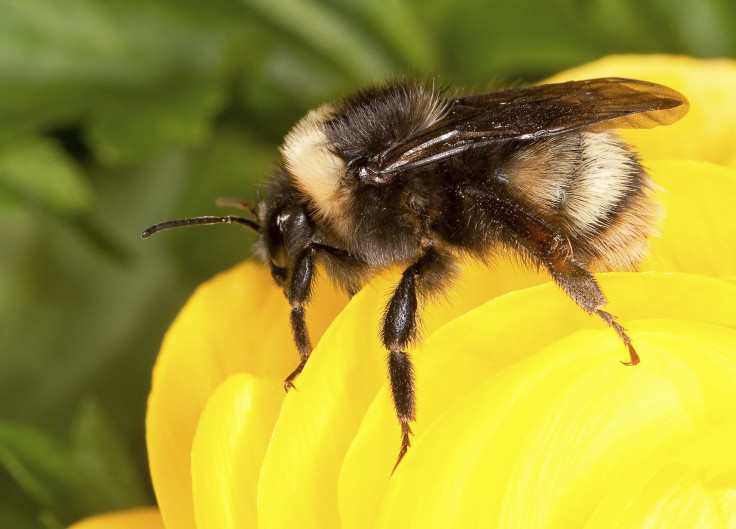Afrikanised Honey Bees Disrupt Utah Baseball Game

From out of nowhere, Africanised honey bees or killer bees struck on Friday and disrupted baseball players and fans at a Utah baseball game at Elk’s Field. The scene was like straight from a horror or disaster film.
One man had the bad luck of being stung between 200 and 300 times, which made it necessary that he be sent to the hospital for treatment. Fire Capt. Robert Hooper from the St. George Fire Department said the man does not show severe reaction and continued to be alert. He was even talking with medics from Gold Cross Ambulance who also treated other people at the scene, reports Fox.
The bees just suddenly flew out of the dugout, and at one point, up to 70 bees buzzed around and bit the baseball players. To combat the bees, firefighters sprayed chemical foam on the insects, reports KCSG.
Fire officials explained that bees usually start to migrate and colonise in the area at this time of the year. But unfortunately, it coincided with the game of the Lone Peak High School.
In spite of the killer bees having a shorter lifespan and being 10 percent smaller compared to their counterparts in Europe, Africanised honey bees respond faster and senses danger from humans or animals even if it is 50 feet away. It also pursues its intended victims up to half a mile when attacking.
The Utah County Beekeepers Association said that the specie of Africanised honey bees were initially discovered in the southern part of Utah in 2009. Casey Lofthouse, a member of the Washington County Search and Rescue team, advised people in case of a bee attack to cover their head and neck as best as possible and leave the area, preferably by going indoors.
However, if despite best efforts, a person is stung by a bee, WebMD recommends removing first the stinger by using a fingernail or a tweezer, but don’t pinch the stinger which could release more venom. To control the swelling, ice the affected area. If the sting is on the arm of leg, elevate those limbs. Remove any tight-fitting jewellery from the sting area since if it would swell, it would be difficult to remove rings or bracelets.
To treat the symptoms, use over-the-counter painkiller such as acetaminophen or ibuprofen. Do not give aspirin to anyone below 18 years old. For itchiness, use an antihistamine or mix baking soda and water and apply it or use calamine lotion. Since it usually take two to three days for the bee sting to heal, keep the area clean to prevent infection.
The Web site North London Pest Control Co has 50 more remedies for bee and wasp stings.
To contact the writer, email: v.hernandez@ibtimes.com.au





















